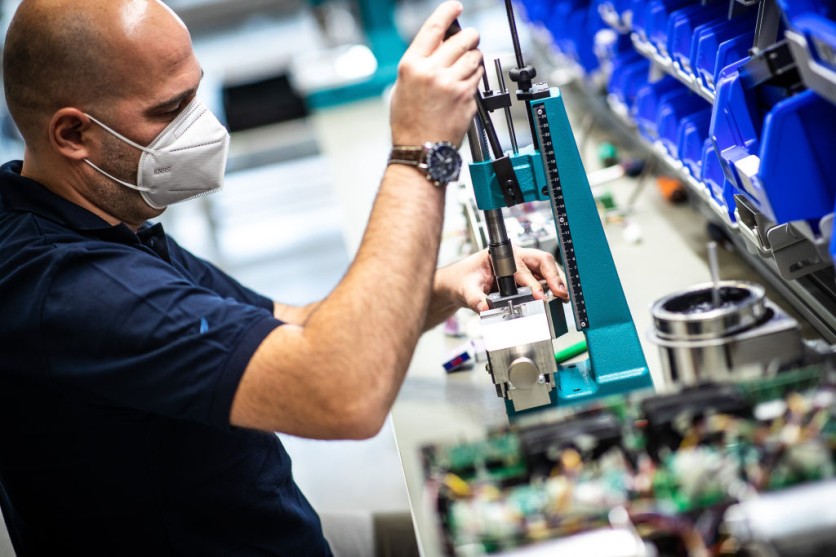John Hopkins Whiting School of Engineering researchers have recently developed microscopic leak-free pipes via DNA strands, as reported by Interesting Engineering.

The pipes are only 7 x 10 m with a similar length to a dust particle. It's so small that it has an excellent potential to be used in the future to study complex diseases and deliver drugs to the human body cells directly.
Nano-Plumbing
These tiny pipes can be helpful in improving drugs or enzymes, separating toxins, or creating better batteries by designing the conduits that ions flow through instead of using a porous material. Although nano-plumbing is still far ahead, this already sets the foundation that is pivotal to its future.
In previously published studies, nanotubes are evolved versions of nanopores. A nanopore serves as a conduit across a thin barrier between two chambers. The difference between a nanotube and a nanopore is its length. A nanopore is usually 10-50. nm long, and it involves a closed type of leaking, which means it won't let anything through.
On the other hand, a nanotube works like a real pipe that can transport material across barriers.
The researchers built a true pipe that can move material across a membrane and another one micron or longer that can transport material across a membrane barrier and then through a conduit to a final location a micron way.
They also claim that they are not leaky through the walls and they don't get clogged, despite the nano-scale diameters. The researchers ran a test to test the leak-free nature of the pipes. They filled a fluorescent liquid inside the tube, capped its ends, and observed the change in the shape of the tube as the liquid moved inside. There were no leaks, and since the tubes are made of DNA, it revealed that they can self-repair and self-assemble.
Also Read: Stanford Engineers' Millirobot is Reshaping the Future of Drug Delivery in the Body
The Future of Nanotubes
There are a number of groups that are pursuing nanotubes for drug delivery. They could be employed to direct the flow of molecules or ions between cells in engineered tissues.
Now, the researchers are planning to build huge plumbing networks by connecting nanotubes as pipes and using nanopores as their fittings. DNA-based nano-devices have enormous potential to fundamentally change the way biologists, materials scientists, and chemists look at the world of nanotechnology.
More studies and research would be needed to make sure that this technology is good for human health. But since it is made of DNA, there is a good chance that it will be safe and it will be beneficial.
Related Article: Magnetic Bacteria Could Be The Future Of Cancer Drug Delivery Systems
This article is owned by Tech Times.
Written by: April Fowell
ⓒ 2025 TECHTIMES.com All rights reserved. Do not reproduce without permission.




